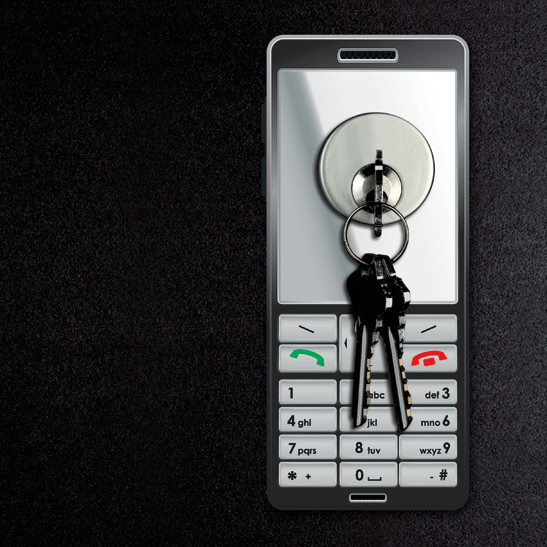Business mobility seems to be the wave of the future and that future is now. Besides just being “cool,” business-managed mobility systems may be the answer to quite a few of your business challenges.
Mobility is part of a larger trend in technology called “unified communications,” which is bringing voice, video and data communications together in new ways to improve productivity, efficiency, and customer interaction, driving satisfaction. The new trend of mobility allows employees to connect to the office from just about anywhere in the world. More than just e-mail, employees can now securely access company files, open documents, complete forms and submit new items for record.
But to allow all of those things to happen, business grade mobility systems today must be secure and reliable. Advances in security encryption technologies and device durability are allowing mobility enabled devices to sky-rocket employee productivity and customer satisfaction, positively impacting the bottom line.
The key to implementing mobility is understanding who will be using it and how they will be using it. Executive and managerial-level staff have been using e-mail enabled PDAs for a while now, but the new age of mobility is much more than e-mail on a cell phone. The new age of mobility brings in a whole new group of users whose daily job relies more on process than communication. These users are diverse with very specific application requirements driven by their job duties; they may be able to use hand-held devices or may require full-size computing devices. It is important to note that mobility is not exclusive to users working outside of the office, but includes any non-desk bound user that requires continuous connectivity while working free of wired connections.
Software applications such as Microsoft Dynamics, which includes Microsoft CRM and Sharepoint, offer companies the flexibility to develop systems that match the individual employee’s requirements, even as they vary between types of mobile workers. Mobile sales staff can enter opportunity information on site through Web-enabled customer relationship management (CRM) applications, while mobile technicians can complete service tickets online with custom forms accessible through company intranet portals. In either case, duplication of data entry is eliminated, reducing the chance of error, increasing the speed of information transmission and providing a faster solution to the customer. Of course, CRM and service tickets are only two examples of productivity enhancers available with mobility applications.
Security should be a primary consideration by a business before deploying a mobility solution. When transmitted data is no longer limited to the cables connecting one device to another, additional measures should be employed. Virtual Private Networks (VPNs) allow any device connected to the Internet to create a secure connection with the business network. VPN technology requires multiple, continuous authentications between the device and the base network. However, the authentication process is mostly behind the scenes and unknown to the user.
There are two primary kinds of VPN connections — IP Sec and SSL. IP Security (IP Sec) VPN connections require pre-installed client software on the accessing device. Secure Sockets Layer (SSL) VPN connections use the accessing device’s native SSL encryption and do not require pre-installed software. This allows any Web-enabled device in the world access to controlled parts of your company’s network after providing qualified credentials. Of course, the quality of the remote connection will be reliant upon both the wireless connection and the company’s base network. Both offer specific access controls and should be discussed with an IT professional before making a selection.
Despite the effort required to determine a proper mobility solution for your organization, the rewards are numerous. With continuous connectivity, employees have access to your company databases of information so they can find answers to difficult questions without leaving the customer. Online forms reduce the amount of time required to complete a single task because information is only entered once. Also, being connected to your company’s network in real time can keep the field worker instantly apprised of up-sell opportunities and promotions. Employees have greater flexibility to get the job done, whether in the office or not, possibly answering the question of what to do with rising gas prices. And customers receive the service they expect in the time they want, leading to continued business and revenues, even in a tightening economy.
Business mobility options are diverse and vast, but can take your business to new heights in customer satisfaction, employee productivity and overall efficiency. Before deploying a mobility solution, talk with a mobility solutions expert who can provide guidance on the best solution for your business needs today and into the future.
Sommer Decker is a marketing specialist for Network Infrastructure Corporation, www.nicweb.com




